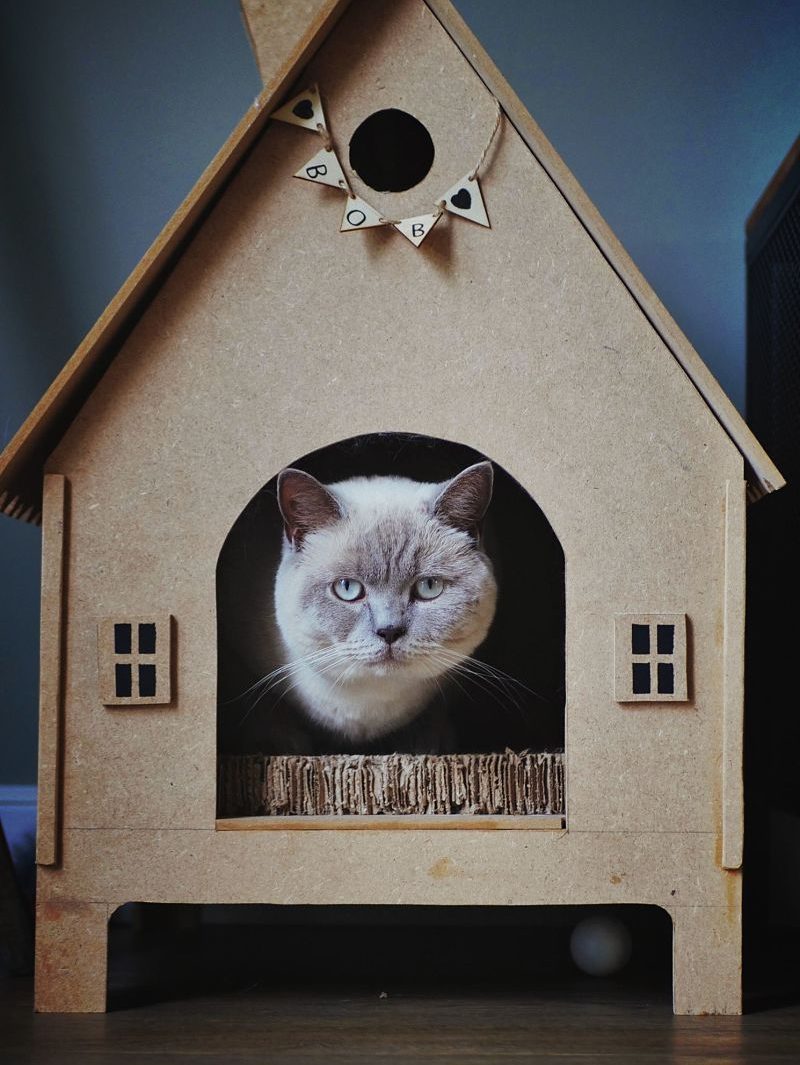Everyone probably already knows about Taal Volcano’s phreatic eruption that happened yesterday, Jan. 12. The steam-driven eruption caused by various kinds of volcanic deposits (magma, lava, hot rocks) has been spewing volcanic ash made up of toxic substances including volcanic glass, rock, minerals, and silica all throughout Calabarzon and Metro Manila for over 24 hours now.
Prolonged exposure and contact to volcanic ash is proven to cause a myriad health hazards like nose, mouth, and eye irritation, bronchitis-like illnesses, and even injuries due to accidents caused by the ashfall. But while you have probably taken necessary measures to protect yourself from this calamity, we hope that you have also taken your pets’ safety into account. @maroontito on Twitter couldn’t have said it better:
Your animals are your responsibility.
Volcanic ash is poisonous. It’s highly abrasive so if it gets on their fur/coat or eyes, wash it immediately as it can cause damage to the eyes and bacterial infections.
Do not let them consume ash as it can lead to toxicity/ulcerations. pic.twitter.com/EnwSMJt89M
— Tito (@maroontito) January 12, 2020
Calamities like this don’t only harm humans but even more so animals. With this, recent posts about un-rescued animals near the Taal danger zones have actually been circulating all over social media.
The grim reality is that animals are not spared and are left behind in times of disasters. May God give the horses…
Posted by Animal Kingdom Foundation on Sunday, January 12, 2020
PSA: APPARENTLY THE HORSES USED BY TOURISTS IN TAAL WILL NOT BE RESCUED, IS THERE ANYTHING WE CAN DO ABOUT THIS?
— Kimberly✨ (@kmbrlydnll_) January 13, 2020
While we are still verifying the accuracy of this potentially heartbreaking news, for the meantime, we thought of providing some tips on how you can care for your own animals during these distressing times:
- The main tip that could make all the difference is to keep all your pets indoors as much as possible. Not one should get left behind including outdoor pets like guard dogs and even wandering cats, which are as vulnerable now as ever. Senator Risa Hontiveros echoes this gentle but crucial reminder in her tweet:
Just a gentle reminder, mga mahal, to keep our furbabies indoors. Ashfall is also a health hazard to them. pic.twitter.com/a16N8FpMAQ
— risa hontiveros (@risahontiveros) January 13, 2020
- This also goes for their food and water bowls as volcanic ashes are evidently toxic and the littlest dose can greatly harm them.
- Constantly check whatever it is that they may be playing around with. Even if you have to forcibly take it from them, and even if they will never understand this hostile act, it’s ultimately for their own good as they may have caught some ash particles.
- The minute you see any possible trace on their fur or skin, immediately stop them from noticing it and licking it; quickly remove ash from them by either wiping them down or giving them a bath (if there’s a significant amount of ash on them).
- If you suspect that they may have already come into contact with volcanic ash, watch out for symptoms like coughing, difficulty breathing, and sneezing. If your pet exhibits these symptoms, have them checked by your nearest veterinarian as soon as you can but don’t forget to protect yourself first.
Header and featured photos courtesy of Unsplash
Get more stories like this by subscribing to our weekly newsletter here.
Read more:
Alert level 3 raised as Taal Volcano makes phreatic eruption. What does this mean?
LIST: 6 pet-friendly hotels for your next vacation
Pantry essentials in case of disasters
Writer: JOY THERESE GOMEZ




